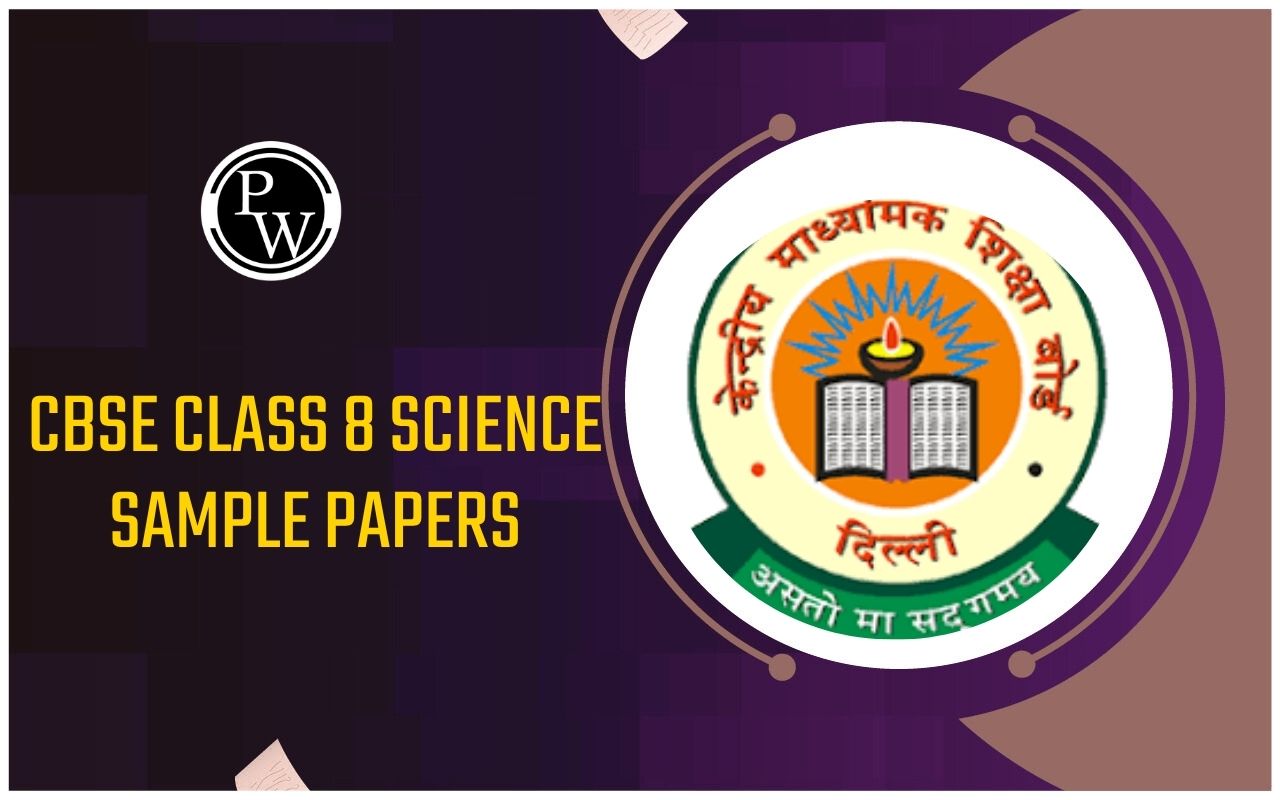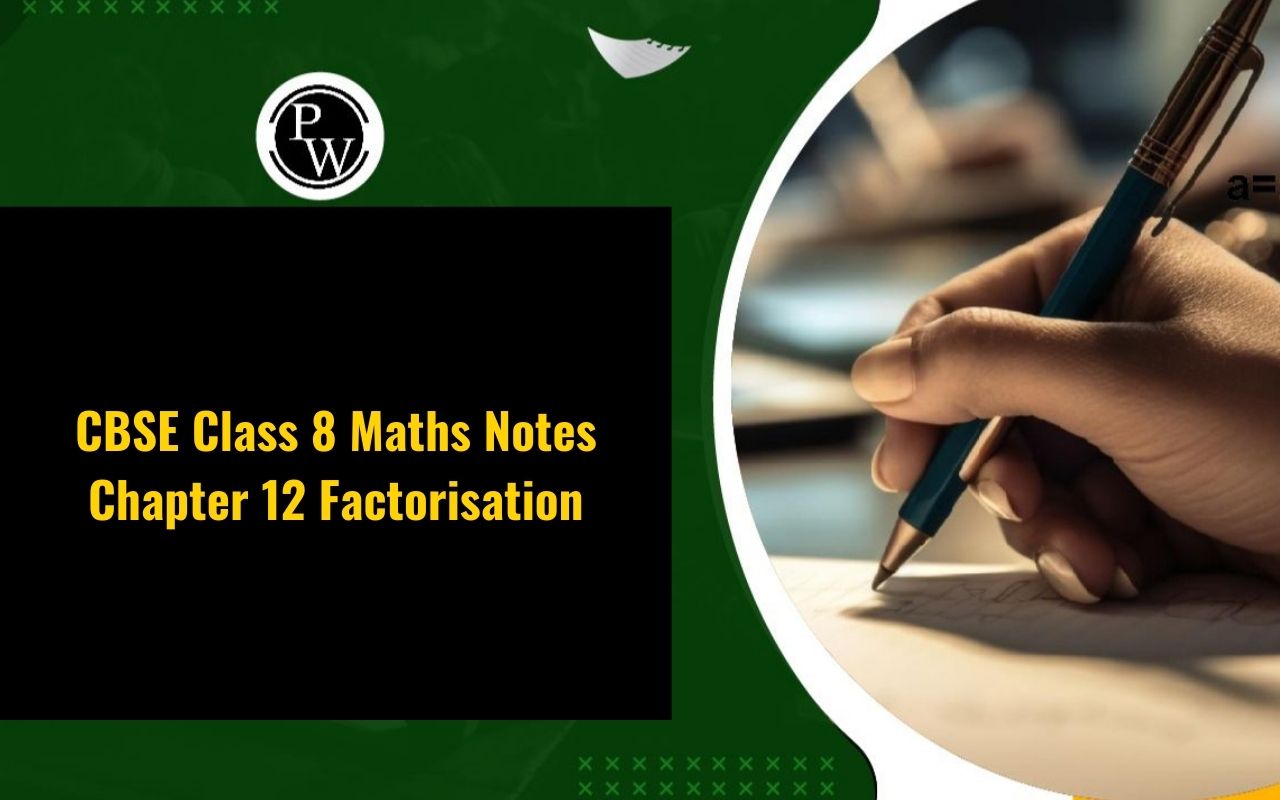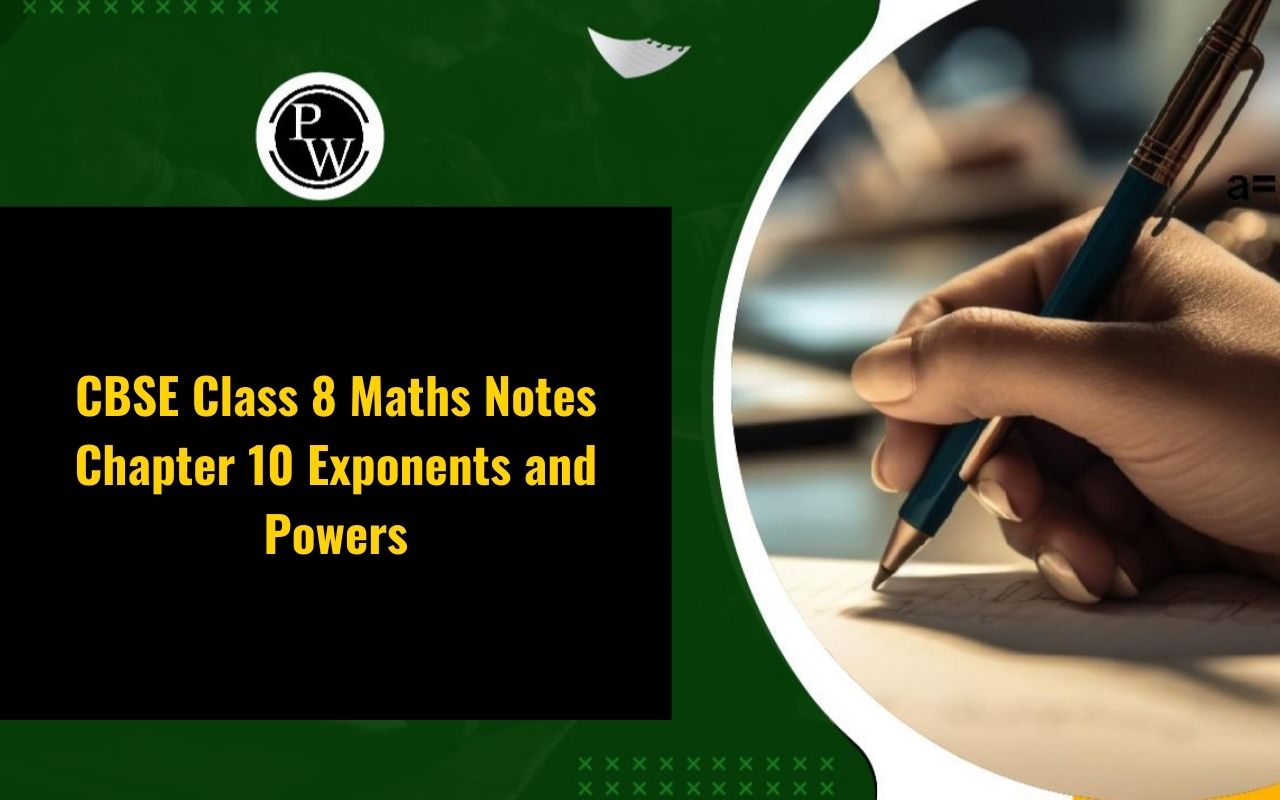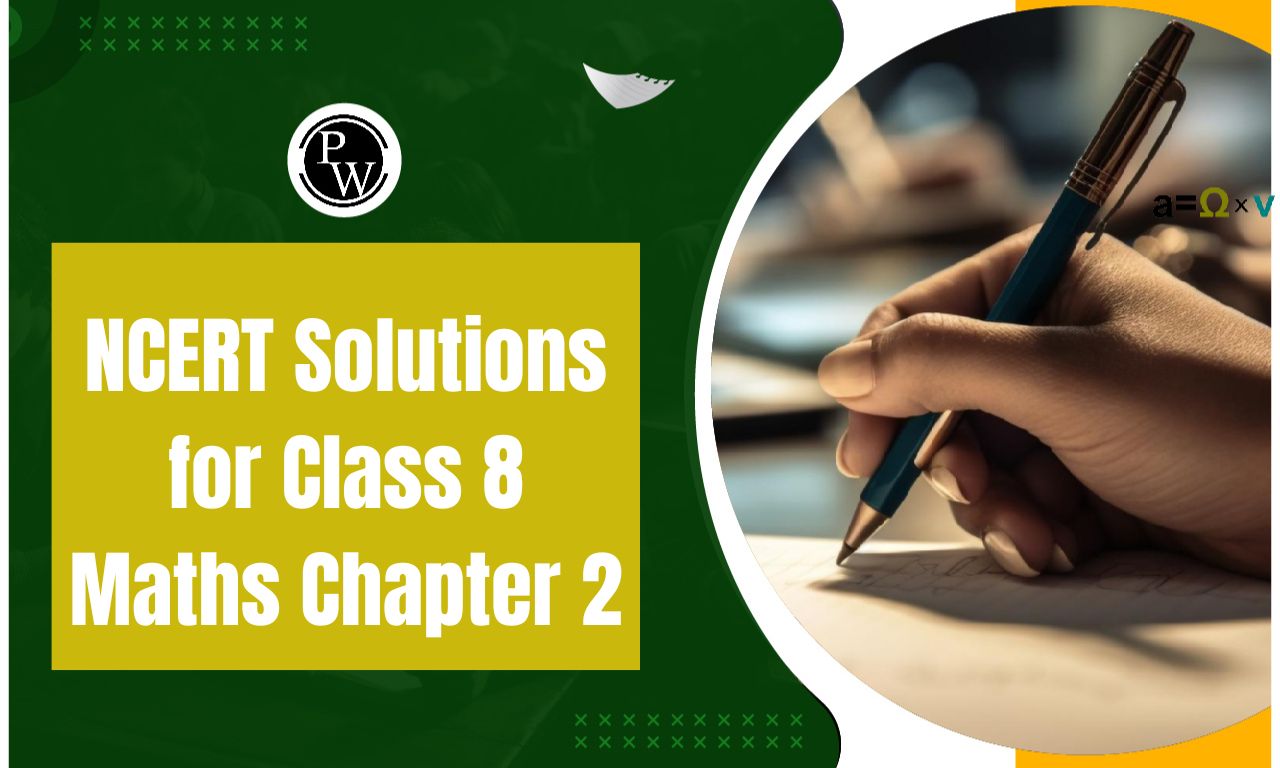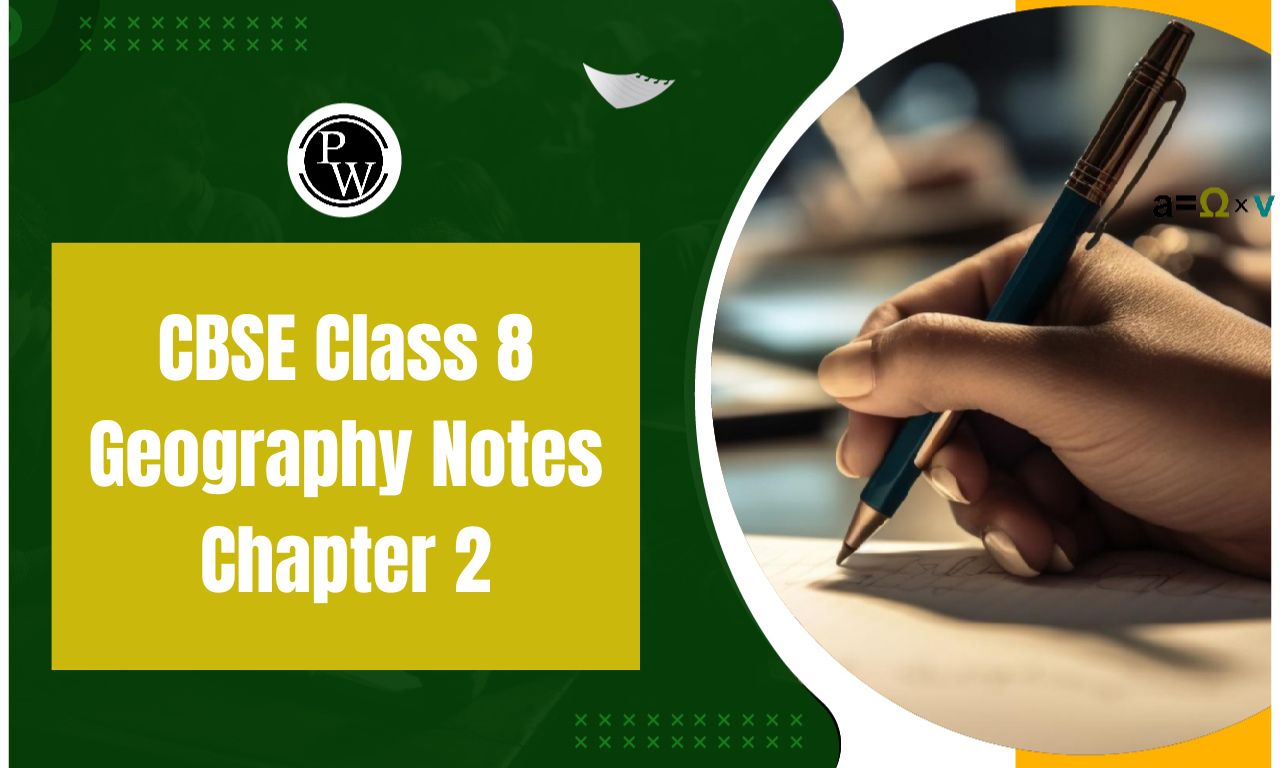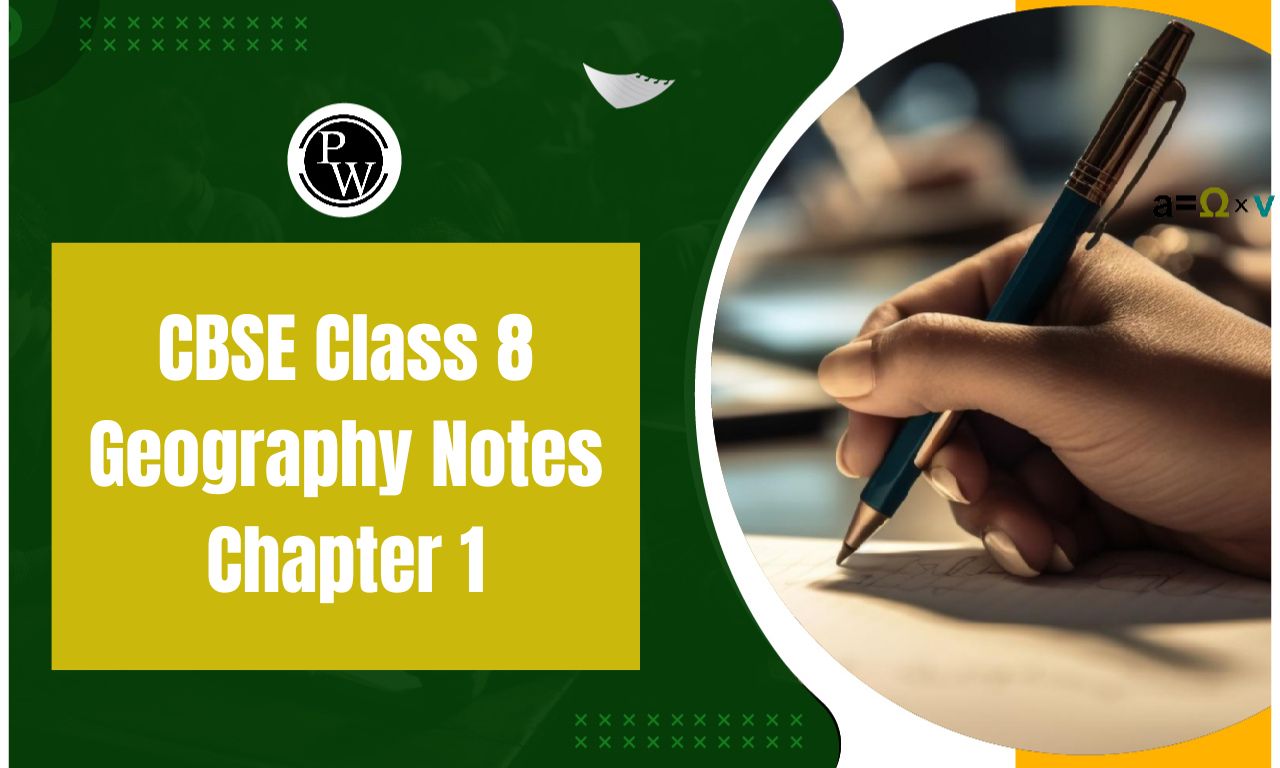
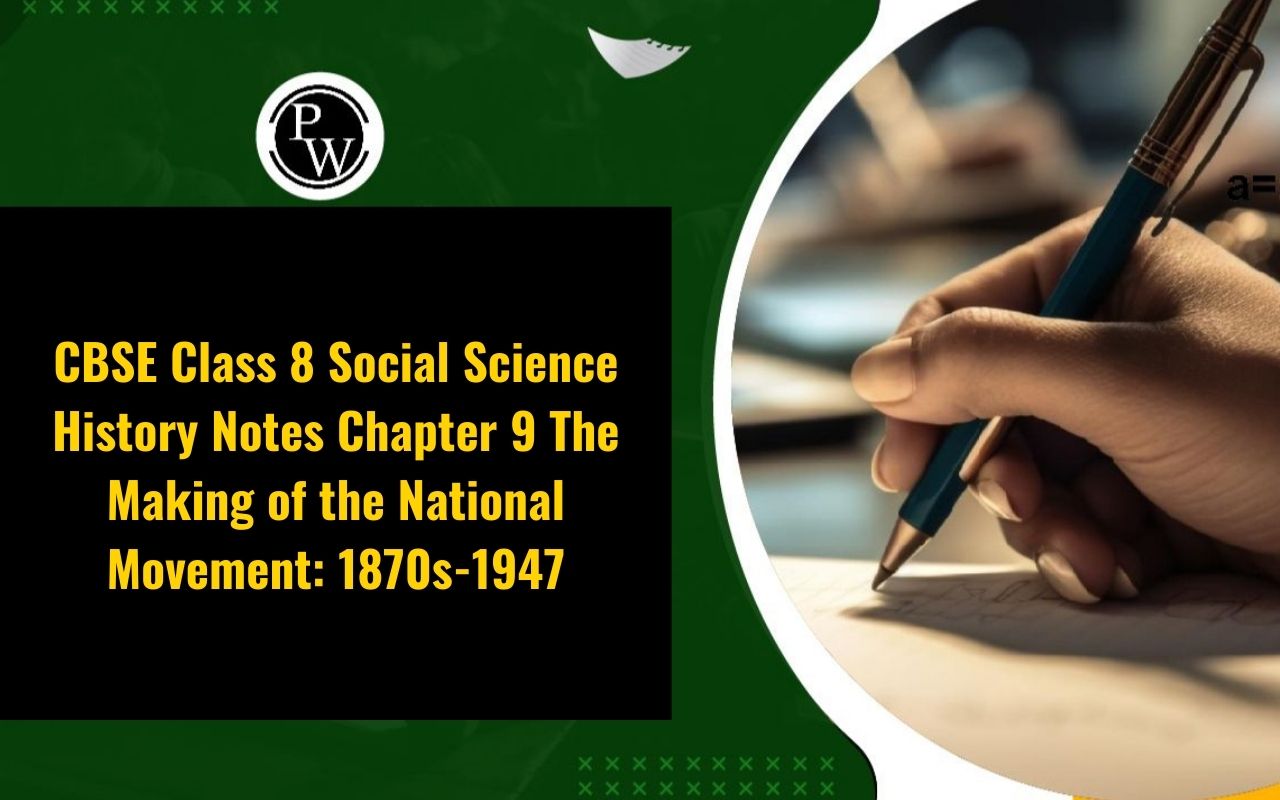
CBSE Class 8 Social Science History Notes Chapter 9: CBSE Class 8 Social Science History Notes for Chapter 9: The Making of the National Movement: 1870s-1947 provide an in-depth look into the significant events that shaped India's struggle for independence.
The National Movement of India was pivotal in achieving freedom from British rule with its roots extending back to the 1870s and culminating in independence in 1947. By studying these notes students gain a clear understanding of the events and ideologies that led to India's independence.CBSE Class 8 Social Science History Notes Chapter 9 Overview
CBSE Class 8 Social Science History Notes for Chapter 9 The Making of the National Movement: 1870s-1947 are prepared by subject experts of Physics Wallah. They cover key topics such as the rise of nationalism, the Rowlatt Satyagraha, and the growth of mass movements like Quit India. The notes make it easier to understand how these events contributed to India’s struggle for freedom. They are a valuable resource for students to learn about the national movement and do well in their studies.CBSE Class 8 Social Science History Notes Chapter 9 PDF Download
CBSE Class 8 Social Science History Notes for Chapter 9 The Making of the National Movement: 1870s-1947 are available in the PDF link below. These notes provide a detailed overview of the events and processes that shaped India’s journey toward independence, including key moments like the rise of nationalism and major movements such as Quit India. The PDF is a helpful resource for students to review and understand the significant aspects of the national movement making it easier to grasp the material and excel in their studies.CBSE Class 8 Social Science History Notes Chapter 9 PDF
CBSE Class 8 Social Science History Notes Chapter 9 The Making of the National Movement 1870s-1947
Here are the notes for CBSE Class 8 Social Science History Chapter 9 The Making of the National Movement: 1870s-1947 are important as they provide a detailed overview of the key events and figures that shaped India's struggle for independence.The Emergence of Nationalism
The emergence of nationalism in India was a significant turning point in the country’s history. By the late 19th century, political associations such as the Poona Sarvajanik Sabha, the Indian Association, the Madras Mahajan Sabha, the Bombay Presidency Association, and the Indian National Congress began to form. These groups aimed to unite people across different classes, castes, and regions to challenge British control and advocate for Indian self-governance. The Indian National Congress, founded in December 1885, played a crucial role in this movement. Its early leaders, including Dadabhai Naoroji, Pherozeshah Mehta, and Badruddin Tyabji, were instrumental in promoting Indian interests and advocating for greater political rights and representation. These early efforts laid the groundwork for the broader national movement that would eventually lead to India's independence.A nation in the making
In the early years of its existence, the Indian National Congress focused on demanding a greater role for Indians in government and administration. It sought to make the Legislative Councils more representative and influential and advocated for Indian officials to hold high positions in the administration. Congress also called for reforms such as separating the judiciary from the executive, repealing the Arms Act, and ensuring freedom of speech and expression. Economically, the Congress addressed the adverse effects of British rule, which had led to widespread poverty and famines in India. It called for a reduction in taxes, decreased military spending, and increased investment in irrigation. The Congress highlighted issues such as the salt tax, the plight of Indian laborers abroad, and the hardships faced by forest dwellers. Moderate leaders of the Congress used newspapers and articles to illustrate how British policies were contributing to India's economic decline. They believed that the British, committed to principles of freedom and justice, would ultimately accept their demands for reform.“Freedom is our birthright”
In the early 20th century, prominent Indian leaders began questioning the political approach of the Indian National Congress, particularly its emphasis on peaceful petitions and appeals. Leaders like Bepin Chandra Pal, Bal Gangadhar Tilak, and Lala Lajpat Rai, from Bengal, Maharashtra, and Punjab, respectively, criticized the Moderates for their passive methods and instead advocated for self-reliance and active resistance against British rule. The partition of Bengal in 1905, which divided the largest province of British India, further fueled discontent. The British rationale for the partition was administrative convenience, but the real motive was to weaken the growing nationalist movement by separating the Bengali-speaking regions. This led to widespread protests and the Swadeshi movement, which promoted the use of Indian goods, national education, and self-reliance. It was particularly strong in Bengal and deltaic Andhra and was associated with the Vandemataram Movement. In contrast, the All India Muslim League founded in 1906 by Muslim landlords and nawabs in Dacca, supported the partition and sought separate electorates for Muslims, a demand granted by the government in 1909. The Congress experienced internal divisions, splitting in 1907 into Moderate and Radical factions. After a period of separation, the two groups reconciled in December 1915 through the Lucknow Pact, agreeing to collaborate for a representative government and greater self-governance in India.The Growth of Mass Nationalism
After the First World War, India experienced significant changes in its economic and political landscape, leading to the growth of mass nationalism. The war had increased India's defense expenditures and taxes on individual incomes and business profits. Indian industries had expanded during the conflict, with Indian business groups pushing for greater opportunities for development. The political climate shifted dramatically with the rise of mass movements that involved a broad cross-section of society, including peasants, tribals, students, women and sometimes factory workers. The economic impact of the war, coupled with the growing demand for political rights, fueled this surge in nationalist sentiment. In 1917, the Russian Revolution demonstrated the potential of mass mobilization and inspired Indian leaders. This period marked the beginning of a more widespread and inclusive struggle against British rule, reflecting the broader dissatisfaction with colonial policies and the desire for a more equitable and independent India.The advent of Mahatma Gandhi
Mahatma Gandhi, who arrived in India from South Africa in 1915, quickly emerged as a prominent mass leader. His previous experiences in South Africa, where he led non-violent campaigns against racial discrimination, had equipped him with a deep understanding of the power of peaceful protest. After his return, Gandhi spent his first year traveling across India to better understand the diverse needs and conditions of its people. He engaged with various communities and gained insights into the socio-political landscape, laying the groundwork for his future leadership in the Indian independence movement.The Rowlatt Satyagraha
In 1919, Mahatma Gandhi led a satyagraha against the Rowlatt Act, which severely restricted civil liberties and enhanced police powers, undermining fundamental rights like freedom of expression. Gandhi and his supporters observed April 6, 1919, as a day of non-violent protest against the Act, and Satyagraha Sabhas were established to coordinate the movement. The protests saw widespread demonstrations and hartals, which were met with harsh repression from the British authorities. This included the infamous Jallianwala Bagh massacre in Amritsar on April 13, 1919, where General Dyer’s troops killed hundreds of unarmed civilians. Throughout the Rowlatt Satyagraha, Gandhi emphasized the unity of Hindus and Muslims in the struggle against British rule, viewing India as a collective nation comprising people of all religions.Khilafat agitation and the Non-Cooperation Movement
In 1920, the British imposed a harsh treaty on the Turkish Sultan, or Khalifa, leading to widespread discontent. Mohammad Ali and Shaukat Ali spearheaded the Khilafat agitation in response, seeking to protect the Khalifa's position and rallying support for their cause. Mahatma Gandhi joined this agitation urging the Indian National Congress to oppose the Jallianwala Bagh massacre, criticize the unfair treatment of the Khilafat, and push for swaraj (self-rule). The resulting Non-Cooperation Movement, which gained significant momentum from 1921 to 1922, saw widespread participation. People renounced British honors, boycotted legislative bodies, and drastically reduced imports of foreign cloth. This mass mobilization brought large parts of the country to the brink of a major revolt, reflecting the deepening struggle for independence.People’s initiatives
During the struggle for independence, people from various regions and backgrounds responded to Gandhi's call for non-violent resistance in their own ways, often connecting their protests to local issues. In Kheda, Gujarat, Patidar peasants led nonviolent campaigns against the British demand for high land revenue. Coastal Andhra and interior Tamil Nadu saw picketing of liquor shops, while in the Guntur district of Andhra Pradesh, tribals and poor peasants staged "forest satyagrahas," challenging forest regulations by letting their cattle graze without fees. In Sind, Muslim traders and peasants enthusiastically supported the Khilafat movement. Bengal experienced a surge in communal unity and strength through the Khilafat-Non-Cooperation alliance. Meanwhile, in Punjab, the Akali agitation aimed to reform the management of gurdwaras by removing corrupt mahants. These varied efforts reflected the widespread and localized nature of the resistance against British rule.The people’s Mahatma
The happenings of 1922-1929
The March to Dandi
In 1930, Mahatma Gandhi led the historic Salt March to challenge the British monopoly on salt production. The salt law prohibited Indians from making or selling salt, a basic necessity, and was seen as a symbol of British oppression. Gandhi's 240-mile march from Sabarmati Ashram to Dandi on the coast was a peaceful protest that resonated with people from all walks of life. At Dandi, Gandhi and his followers collected natural salt from the shore and boiled seawater to produce salt, defying British law. The march drew widespread participation from peasants, tribals, and women, symbolizing a united struggle for freedom. The movement's success helped highlight the broader demand for Indian independence. In 1935, the Government of India Act was introduced, granting provincial autonomy and setting the stage for elections in 1937. However, the outbreak of the Second World War in September 1939 led to tensions between the Congress leaders and the British government. While Congress was willing to support the British war effort, they demanded independence in return, which the British refused. Consequently, the Congress ministries resigned in protest, further intensifying the struggle for independence.Quit India and Later
In 1942, Mahatma Gandhi launched the Quit India Movement, demanding an immediate end to British rule in India. He urged people to "Do or Die" in their fight against colonial oppression, emphasizing that the struggle should remain non-violent. The movement gained widespread support from peasants and young people, many of whom abandoned their studies and daily lives to participate. During the movement, people in various regions began setting up their own local governments as a symbol of self-rule. The British response was harsh, with severe repression aimed at crushing the rebellion. Despite the intense crackdown, the movement significantly weakened British control and played a crucial role in hastening the end of colonial rule. The persistent pressure from the Quit India Movement contributed to the eventual decision to grant India independence in 1947.Towards Independence and Partition
In 1940, the Muslim League, led by Muhammad Ali Jinnah, began advocating for “Independent States” for Muslims, increasingly viewing Muslims as a separate nation from Hindus. This sentiment grew stronger after the 1937 provincial elections, where the League felt sidelined and feared being a perpetual minority in any democratic setup. The Congress's refusal to form a joint government with the League in the United Provinces further strained relations. Following World War II, the British initiated negotiations with the Congress and the Muslim League to discuss India's future. In 1946, provincial elections reaffirmed the League's demand for Pakistan. The British Cabinet Mission, sent to Delhi in March 1946, proposed a united India with a loose confederation, granting autonomy to Muslim-majority regions. However, the mission's failure led the League to launch “Direct Action Day” on August 16, 1946, which triggered widespread communal violence. By March 1947, violence had escalated across northern India, leading to the partition of India. This division resulted in the creation of Pakistan and significantly altered India's political and social landscape, marking the end of British colonial rule and the beginning of two independent nations.Benefits of CBSE Class 8 Social Science History Notes Chapter 9 The Making of the National Movement: 1870s-1947
- Comprehensive Overview : The notes provide a detailed summary of key events and figures that shaped the Indian National Movement, from the late 19th century to 1947, including the roles of leaders like Mahatma Gandhi, the impact of various movements and pivotal events such as the Rowlatt Satyagraha and the Salt March.
- Clear Chronological Structure : They present the evolution of the national movement in a well-organized manner, helping students understand the progression of political activities, demands, and responses over time.
- Focus on Key Movements and Figures : The notes highlight significant movements (e.g., Non-Cooperation Movement, Civil Disobedience Movement) and influential leaders (e.g., Gandhi, Nehru), providing students with essential insights into their contributions and strategies.
- Contextual Understanding : By covering the socio-political and economic conditions leading to the rise of nationalism, the notes help students grasp why these movements emerged and how they addressed the issues of their time.
CBSE Class 8 Social Science History Notes Chapter 9 FAQs
What were the main goals of the Indian National Congress when it was formed?
The Indian National Congress aimed to seek greater representation of Indians in the government and administration, advocate for the Indianisation of the bureaucracy, and address various economic and social issues under British rule.
What were the key demands of the Congress during the early years of the national movement?
The Congress demanded increased Indian representation in legislative councils, separation of the judiciary from the executive, repeal of discriminatory laws like the Arms Act, and economic reforms including reduced military expenditure and increased funding for irrigation.
Why did the Congress and Muslim League have conflicts in the 1940s?
The Congress and the Muslim League had conflicts over political representation and the demand for separate states. The Muslim League, led by Jinnah, demanded Pakistan as a separate nation for Muslims, which led to communal tensions and eventually the partition of India.
How did the Khilafat Movement contribute to the Non-Cooperation Movement?
The Khilafat Movement aimed to protect the Ottoman Caliphate and was supported by Gandhi. It merged with the Non-Cooperation Movement, leading to widespread protests, boycotts of British goods, and a surge in nationalistic activities.
What was the impact of the Salt March on the Indian independence movement?
The Salt March of 1930, led by Gandhi, was a pivotal act of civil disobedience against the British monopoly on salt. It mobilized mass support, highlighted the economic exploitation by the British, and significantly boosted the national movement.
Talk to a counsellorHave doubts? Our support team will be happy to assist you!

Check out these Related Articles
Free Learning Resources
PW Books
Notes (Class 10-12)
PW Study Materials
Notes (Class 6-9)
Ncert Solutions
Govt Exams
Class 6th to 12th Online Courses
Govt Job Exams Courses
UPSC Coaching
Defence Exam Coaching
Gate Exam Coaching
Other Exams
Know about Physics Wallah
Physics Wallah is an Indian edtech platform that provides accessible & comprehensive learning experiences to students from Class 6th to postgraduate level. We also provide extensive NCERT solutions, sample paper, NEET, JEE Mains, BITSAT previous year papers & more such resources to students. Physics Wallah also caters to over 3.5 million registered students and over 78 lakh+ Youtube subscribers with 4.8 rating on its app.
We Stand Out because
We provide students with intensive courses with India’s qualified & experienced faculties & mentors. PW strives to make the learning experience comprehensive and accessible for students of all sections of society. We believe in empowering every single student who couldn't dream of a good career in engineering and medical field earlier.
Our Key Focus Areas
Physics Wallah's main focus is to make the learning experience as economical as possible for all students. With our affordable courses like Lakshya, Udaan and Arjuna and many others, we have been able to provide a platform for lakhs of aspirants. From providing Chemistry, Maths, Physics formula to giving e-books of eminent authors like RD Sharma, RS Aggarwal and Lakhmir Singh, PW focuses on every single student's need for preparation.
What Makes Us Different
Physics Wallah strives to develop a comprehensive pedagogical structure for students, where they get a state-of-the-art learning experience with study material and resources. Apart from catering students preparing for JEE Mains and NEET, PW also provides study material for each state board like Uttar Pradesh, Bihar, and others
Copyright © 2025 Physicswallah Limited All rights reserved.
Get App
